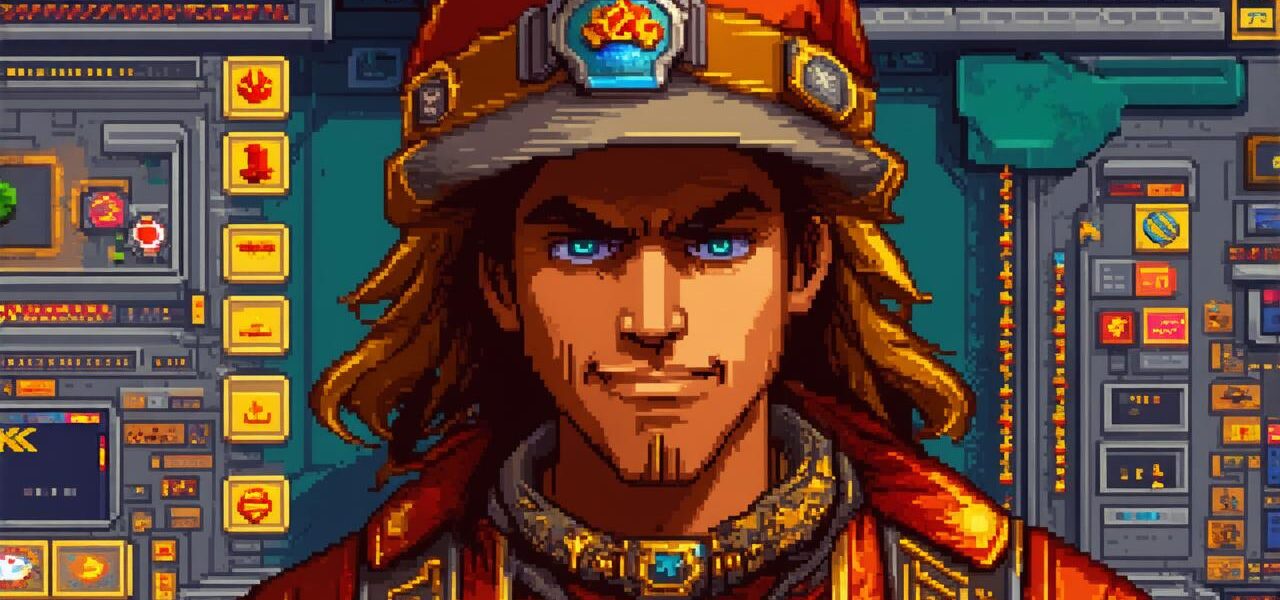Have you ever felt like you were living inside of a video game? If so, you’re not alone. Many people have reported experiencing a sense of immersion in virtual worlds that feels almost as real as the world around us. In this article, we will explore why video games can feel so realistic and what makes them so engaging to players.
The Power of Immersive Environments
One of the main reasons why video games can feel so real is due to their immersive environments. Games that use high-quality graphics, sound effects, and motion tracking technology can create a sense of presence that makes the player feel like they are physically inhabiting the game world. This is achieved through the use of techniques such as depth of field, lighting, and environmental storytelling.
For example, the 2013 video game “The Last of Us” uses realistic lighting and sound effects to create a sense of unease and tension that makes players feel like they are truly living in a post-apocalyptic world. Similarly, games such as “Red Dead Redemption 2” use detailed environments and weather systems to make the player feel like they are living in a vast open world.
The Role of Emotional Engagement
Another reason why video games can feel so real is due to their ability to evoke emotions in players. Games that tell compelling stories and allow players to connect with characters on an emotional level can create a sense of immersion that makes the player feel like they are truly part of the game world.
For example, the 2016 video game “Life is Strange” uses branching storylines and choices that affect the outcome of the narrative to make players feel like they are truly making a difference in the world around them. Similarly, games such as “The Witcher 3: Wild Hunt” use complex moral dilemmas and emotional stakes to create a sense of engagement that makes players feel invested in the story.
The Impact of Reality Distortion Fields
One theory for why video games can feel so real is due to what is known as reality distortion fields. These are phenomena that occur when our brains become accustomed to a new environment and begin to perceive it as normal. This can happen with virtual environments, where the brain becomes used to the artificial stimuli and begins to perceive them as real.
This theory was first proposed by researcher Michael Persinger in the 1970s, who found that people wearing virtual reality headsets were able to experience hallucinations that felt as real as the world around them. This phenomenon has since been studied further, with researchers finding that exposure to virtual environments can affect our brains in ways similar to those of drugs and other psychoactive substances.
The Role of Social Connection
Finally, video games can feel so real because they allow players to connect with others in a social way. Games that use multiplayer features or online communities can create a sense of belonging and friendship that makes the player feel like they are part of something larger than themselves.
For example, the 2017 video game “Destiny 2” uses a shared narrative and cooperative gameplay to create a sense of community among players. Similarly, games such as “World of Warcraft” use social features like guilds and raids to allow players to connect with others and form lasting friendships.
The Role of Suspension of Disbelief
Another factor that contributes to the sense of realism in video games is the suspension of disbelief. This is the ability to temporarily set aside our doubts and accept the premise of a story or scenario, even if it seems implausible or unrealistic.
This can be achieved through the use of immersive environments, engaging stories, and well-developed characters. When players are invested in the story and feel a sense of connection to the characters, they are more likely to suspend their disbelief and fully immerse themselves in the game world.
The Role of Interactivity
Finally, video games can feel so real because they allow for interactivity and choice. Players are able to make decisions and take actions that affect the outcome of the story, which can create a sense of agency and control that makes the player feel like they are truly living inside the game world.

For example, the 2018 video game “Red Dead Redemption 2” allows players to make choices that affect the relationships and outcomes of various characters in the game world. Similarly, games like “The Elder Scrolls V: Skyrim” allow players to explore a vast open world and make decisions that affect the fate of various factions and individuals.




